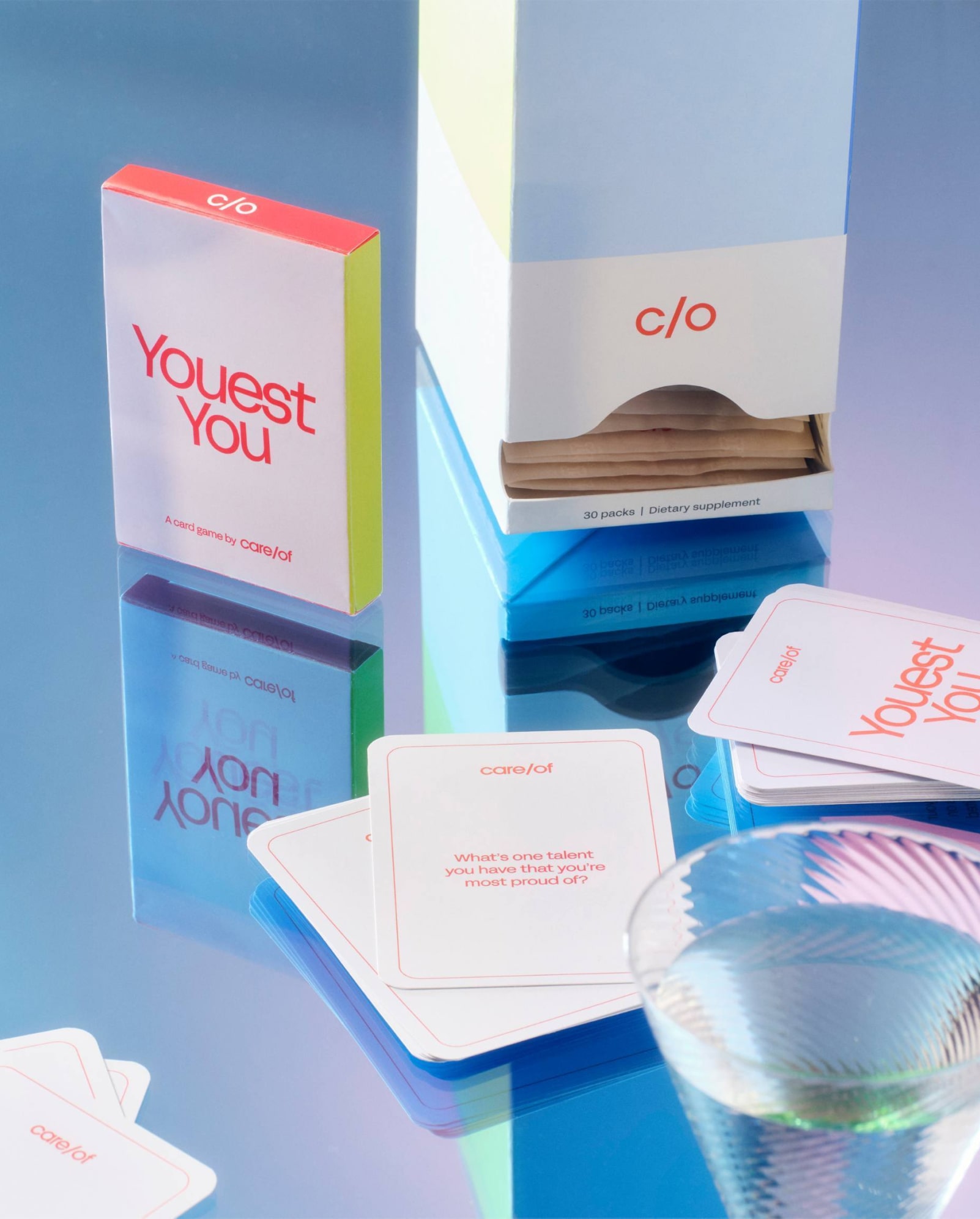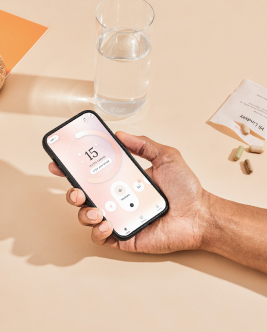lifestyle
A Simple Guide to Shrinking Pores, The Natural Way
On This Page

Size doesn’t matter when it comes to pores. It’s the appearance of size that’s often the problem. The culprit can usually be found in your pores.
What are skin pores?
The largest organ in the human body is the skin. It contains millions of small holes called pores – tiny, practically invisible, yet extremely important for your skin and body’s overall health. There are two different types of pores, oil and sweat.
Oil pores are connected to the sebaceous glands, oil glands that generate sebum, the skin’s natural oil. These pores cover all of your skin except for the palms of your hands and soles of your feet. The sebum oil travels from the gland through tiny hair follicles to the skin, which it lubricates, helping it remain moisturized, supple, and healthy. Oil pores are typically larger than sweat pores and can sometimes be seen by the naked eye, especially if they are blocked.
Sweat pores are connected to the sudoriferous (sweat) glands. They are found over your entire body and they function by enabling sweat to travel from the sweat glands to the surface of the skin where it helps to maintain your body temperature through cooling. There are two types of sweat glands. The eccrine glands produce most of your sweat, while the apocrine glands produce a thick sweat in your groin and underarms that often causes body odor.
What causes enlarged pores?
Typically, people are referring to oil pores when they are experiencing blocked pores. One of the most common causes of blocked pores is excessive sebum production by the sebaceous gland. Oily skin clogged in the pores can trap dead cells, dirt, or makeup resulting in blocks that could give the skin a dull appearance and make the pores appear larger. Decreased elasticity around the pore can occur when the local skin becomes less supple, which then causes a blockage. Genetics, gender, predisposition, aging, and sun exposure are also potential contributing factors to blocked pores. This study found that additional hormonal factors like those in the menstrual cycle could also affect the pore size in females, while the primary causal factors in males were increased sebum level output, age, and gender. All acne, blackheads, whiteheads, milia, pimples, and breakouts begin as pore blockage. When sweat pores become blocked, that condition tends to present as a heat rash.
Can you safely reduce pore size?
While not a health concern, many people struggle with the aesthetics of blocked pores. Pores cannot be opened, closed, or made smaller. They can, however, be cleaned to remove excess oil, dirt, and debris, which may in turn make them appear smaller. A daily proactive skin care routine can help reduce the amount of pore blocks you experience. Cleanse your skin twice a day, use non comedogenic products that don’t clog pores, moisturize your skin even if it’s oily, and use anti-oxidant, collagen rich products like Care/of’s Collagen powder and Veg. Collagen Skin. You can also speak with your dermatologist, who may make specific recommendations such as topical retinoids that promote skin turnover and build collagen, and the use of exfoliants like AHA/BHA. BHA can help decrease sebum production and remove excess build up from pores.
Top 5 ways to shrink pores naturally:
1. Egg whites
Combine one egg white, 2 tablespoons of oatmeal and two tablespoons of lemon juice to make an even paste. Apply the paste to your face for 30 minutes then rinse with cold water. Eggs contain proteins (albumins, mucoproteins, and globulins), which can be hydrating with humectant properties. Proponents of egg masks as a great remedy for clogged pores believe that applying one twice weekly will leave you with beautiful skin.
2. Ice cubes
While estheticians and bloggers debate the merits of ice as a treatment for clogged pores, the truth is that cold temperature can constrict dilated blood vessels but there is no evidence about its impact on pore size.
3. Apple cider vinegar
Apple cider vinegar (ACV) contains malic acid, which can act like a gentle AHA exfoliant that may help with pores, but no there are no studies to back this up at the moment. Advocates of using ACV as daily skin cleanser and toner recommend you dilute 1 tablespoon of apple cider vinegar in water and apply it to your face with a cotton ball. Let it air dry.
4. Cucumber
Cucumber is nourishing, soothing, and contains antioxidant properties that protect hyaluronic acid and elastin in the skin by blocking the enzymes that break them down. There is no scientific evidence regarding benefits to pores, though this study mentions cucumber used in a scrub as a physical exfoliant that may benefit the skin. More studies are needed. People who use cucumber as part of their regular skin care routine blend 4-5 cucumber slices with 2 tablespoons of lemon juice and apply it as a face mask for 15 minutes. Rinse with cold water and repeat regularly.
5. Multani Mitti
Multani mitti, also known as fuller’s earth, is a mineral-rich clay that can be made into a mask that helps draw impurities like dirt and dead skin cells out of the skin. It also balances skin oils and absorbs excess sebum which may help with clogged pores. The Ayurvedic beauty treatment staple is frequently used as an exfoliant as well. There are many multani mitti face mask recipes, but the simple face pack is a mixture of ¼ cup of high fat milk or rose water and 1 tablespoon of multani mitti powder. Apply to a clean, dry face for ten minutes. Rinse with lukewarm water and pat dry. People with dry or sensitive skin should avoid multani mitti as it absorbs oil and can leave your skin feeling excessively dry and possibly irritated.
6. Turmeric
While turmeric does have antioxidant properties, there is no scientific evidence that links it to pore size. Its proponents, however, believe it helps with aging, oily or sun-damaged skin, and clogged pores. Combine 1 tablespoon of turmeric and 1 tablespoon of rose water to make a smooth paste. Gently rub paste on the affected area for 15 minutes then wash off with cold water.
Key Takeaways
It’s not the size of the pore that matters. It’s the appearance of the size as the result of clogged pores that sends people running to their local pharmacy for help. The good news is a healthy skin care regimen and plenty of water may be all the help you need. Before you go all in for any treatment, test a small area of your skin to see how it responds. You might be glad you did. Your skin is the largest organ in your body. It’s important to see your dermatologist on a regular basis.



